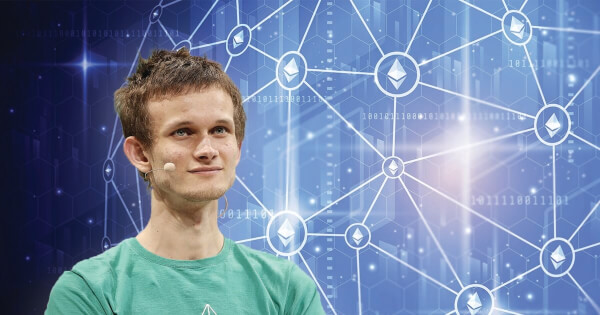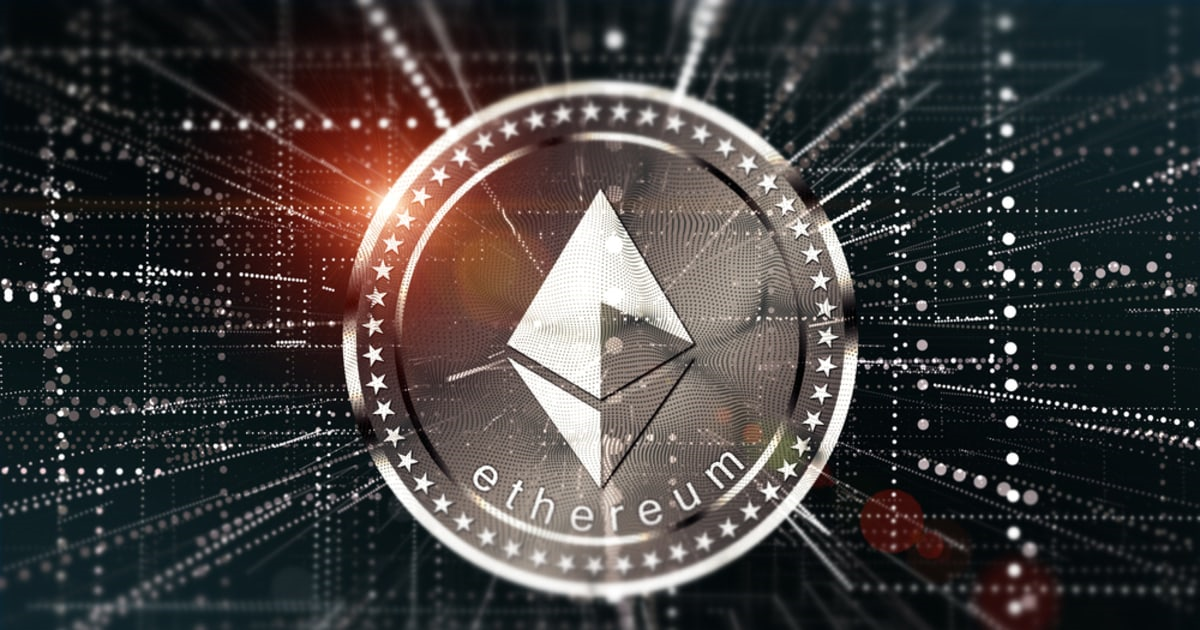Ethereum's Vitalik Buterin Discusses ETH 2.0 Progress and Bitcoin-Ethereum Debate
In a podcast hosted by Peter McCormack, Ethereum co-founder Vitalik Buterin discussed the challenges faced by Ethereum 2.0 and the friendly fire exchanged between Bitcoin and Ethereum advocates.

Joining him on this exclusive podcast series was Blockstream’s Chief Security Officer Samson Mow. The podcast emphasized the ongoing debate between Bitcoin and Ethereum over which cryptocurrency was the superior coin, and how Ethereum’s uncapped cryptocurrency amount compared to Bitcoin’s limited supply of 21 million BTC. Considering Ethereum is the second-largest cryptocurrency by market capitalization, comparisons between both BTC and Ether (ETH) are inevitable.
Bitcoin vs. Ethereum
Bitcoiners had long argued that due to the fact that Ethereum did not have a cap on the number of ETH coins produced and that the BTC had a limited cap supply of 21 million, BTC was better, as it was easily trackable and the mining process was concise.
Ethereans countered and said that it was similar to “comparing apples and oranges,” in the sense that both BTC and ETH operated on entirely different blockchain protocols, making the comparison inadmissible. ETH developers stated that there was actually a mathematical solution to calculation ETH’s total supply, but it just required a little bit of boding and technical expertise.

Vitalik Buterin Talks Crypto Ideologies
While commenting on the ongoing Bitcoin-Ethereum debate, Vitalik Buterin referenced the phase after Bitcoin’s genesis in 2009 and said that many different ideologies were birthed afterward. He described the period of time as peaceful and said that though “up until around the end of 2013, there was this feeling of harmony in the crypto space, but it definitely masked these kinds of differences that I think we didn’t realize existed at the time.” Ethereum co-founder dubbed the period after Bitcoin’s establishment as the ‘Bitcoin space.’
He said that with the foundation of Ethereum, when the initial coin offering took place in 2014 for the ecosystem, things began to diverge and the ‘Bitcoin space’ was greatly disrupted, as the cryptocurrency landscape “fragmented into different ideological groups.”
With the birth of Ethereum, there was suddenly a divergence of interest in the cryptocurrency community, with the launch of Ethereum and the subsequent ICO. Speaking about his blockchain empire, Vitalik Buterin said:
The Ethereum sale happened and I think the project launching and the sale happening was the first big non-Bitcoin asset to gain anywhere close to the level of interest that it did. It convinced a lot of people in the industry, for better or for worse, that cryptocurrencies other than Bitcoin were not a toy anymore.”
He added that while that was happening, Bitcoin experienced a fork of its own, opposing BTC’s big-block versus small-block.
The Ethereum co-founder has long advocated for the benefits that come with altcoins, and in the podcast with Peter McCormack, the talk show host of “What Bitcoin Did,” he voiced his disappointment over the fact that others in his industry were not as passionate about alternative cryptos.
Ethereum 2.0: Success or Fail?
Bringing the subject back to Vitalik Buterin’s long-time project Ethereum, McCormack asked whether the transition to Ethereum 2.0 has been as smooth as Buterin hoped it to be, or whether Ethereum Foundation had taken on more than they could handle.
The established Medalla testnet that is currently undergoing tweaking and chain changes by Ethereum developers and validators has been all the talk for Ethereum, as the blockchain ecosystem is currently moving from a Proof-of-Work consensus to a Proof-of-Stake algorithm.
In response to McCormack, the young Ethereum co-founder said:
“I definitely freely admit that for example, Ethereum 2.0 is much harder than we expected to implement from a technical perspective. I definitely don’t think that we discovered any fundamental flaws that make it impossible and I do think it will be finished. It’s just a matter of time and it’s actually been progressing quite quickly lately.”
ETH 2.0 Needs to Be Scalable
Vitalik Buterin had previously announced that Medalla will be testing out a “sharding” technique on its chain to pursue higher scalability capacities. Sharding will take place in Phase 1 of Medalla testnet, and is the stage that Vitalik Buterin appears to anticipate the most. Sharding refers to a data splitting technique that a blockchain can employ to divide data into smaller chunks, dubbed “logical shards.” By adopting this method, Buterin hopes that Ethereum blockchain will be able to process more transactions per second, therefore demonstrating greater scalability on the network.

Currently, Medalla is still in its early stages, and the multi-client testnet is at Phase 0 at the time of writing.
Latest Updates on Medalla
The Ethereum programmer gave an update on the progress of Medalla’s transition and what ETH developers deem the last phase before a full-on transition to Ethereum 2.0.
As Medalla is still in its early phase, Buterin explained that it was only natural to anticipate a long period of trial and testing before the launch of ETH 2.0 mainnet. The Ethereum co-founder stated that he anticipated Eth 2.0 to only be in effect in 2 years, as there is still a lot of work to be done on its final testnet, Medalla. Vitalik Buterin said:
“One of the exciting pieces of news from about two weeks ago is the launch of the Medalla testnet that is the largest multi-client testnet of Ethereum 2.0 and phase 0. This is the phase that introduces the scaffolding, the proof of stake parts. It’s just a matter of waiting for implementers to feel like they’ve done enough on the phase zero side and move onto phase one.”
Buterin added that the first phase did not include sharding. That process will only be implemented in phase 1. Medalla testnet is slowly advancing in its progress, and Ethereum 2.0 mainnet is currently predicted to be finalized for 2023 if all goes according to plan.
Image source: Shutterstock

